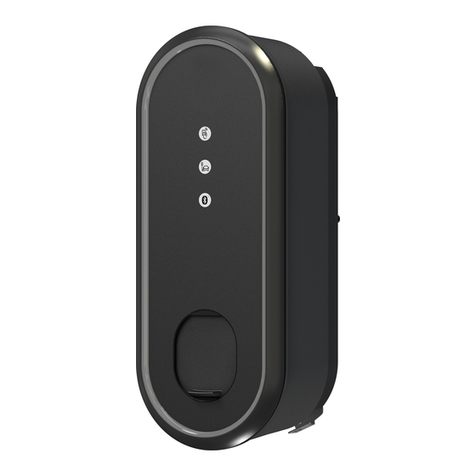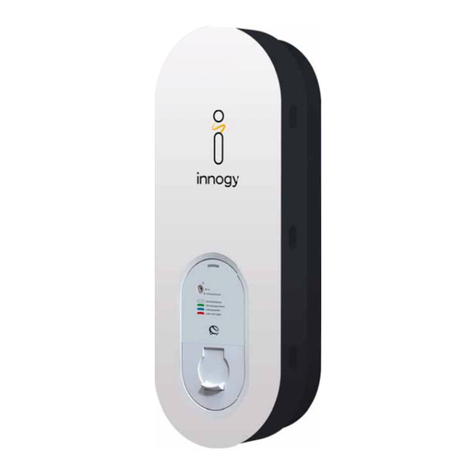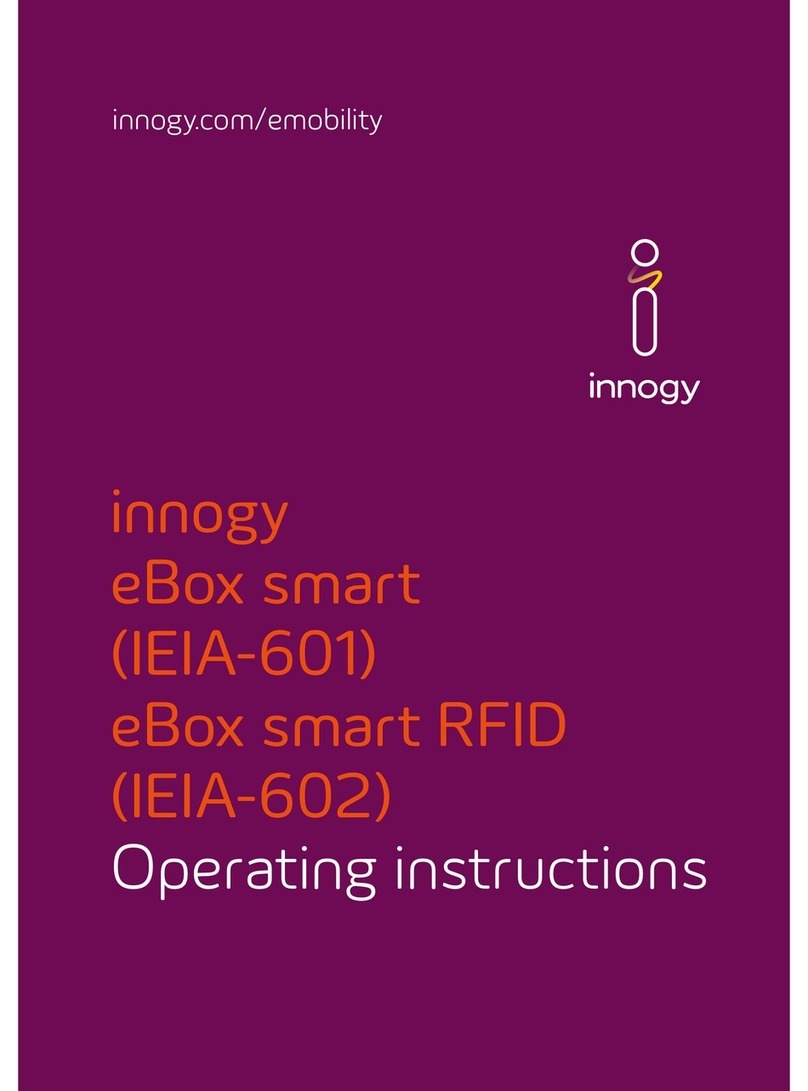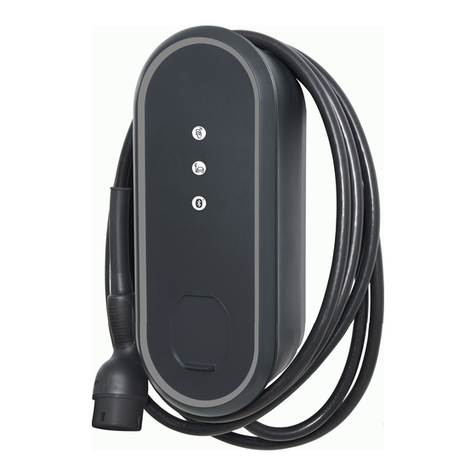
About this document
These instructions for use contain information
on the proper use of eBox touch (generation
3.0). The eBox must be handled in accordance
with these instructions for use.
Before installing the eBox, the installation of
an eClick is required, as the eClick serves as a
docking station. This pre-installation must be
carried out by a qualified electrician and is
described in detail in the installation instructions
enclosed with the eClick.
For complete installation, please refer to the
installation instructions mentioned above.
Please follow the steps in these instructions
for use exactly to ensure your personal safety
and the functionality of the eBox. Do not carry
out any work on the eBox that is not described
in these instructions for use. If in doubt, consult
an expert.
Furthermore, only use accessories specially
manufactured for the eBox.
Intended purpose
The instructions for use refer to the eBox
touch and are valid for the use of eBoxes
within the EU and the United Kingdom. Please
check the country-specific safety standards.
eBox: intended use
The device is intended for outdoor and indoor
use.
In public areas, the operator guarantees that
these instructions will be legible permanently.
The operation of the eBox requires knowledge
of these instructions.
The device is intended exclusively for charging
electric vehicles with type-2 plugs according
to IEC 62196-2, with type-1 plug according to
SAE J1772-2009 (only possible with alternative
eBox socket version) and charging current
control via pilot signal according to IEC 61851-1.
For a device without attached charging cable,
at least a type-2 plug must be used on the
infrastructure side. Use for supplying power to
other devices is not permitted.
Please note:
• Any use of adapters and converters as well
as charging cable extensions is prohibited.
• Two protection devices are installed outside
of eBox and eClick; both protection devices
must be easily accessible.
Safety information
Important
Ensure that all
components are dry
during installation.
Important
Check that the
warranty seal on
the back of the
eBox is intact. Do
not operate the
product unless the
warranty seal is
undamaged.
Damaged warranty
seals void the
warranty.
Note
This is a CE-certified
product. All relevant
product standards and
rules and regulations
applicable to the
product are confirmed
in the product’s EC
Declaration of Con-
formity.
Note
eBox touch is a
maintenance-free
product. It does not
contain any reparable
parts or components.
Do not carry out any
repair work. In case
of a permanent error,
replace the eBox.






























